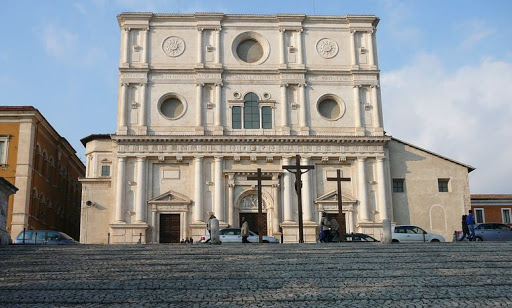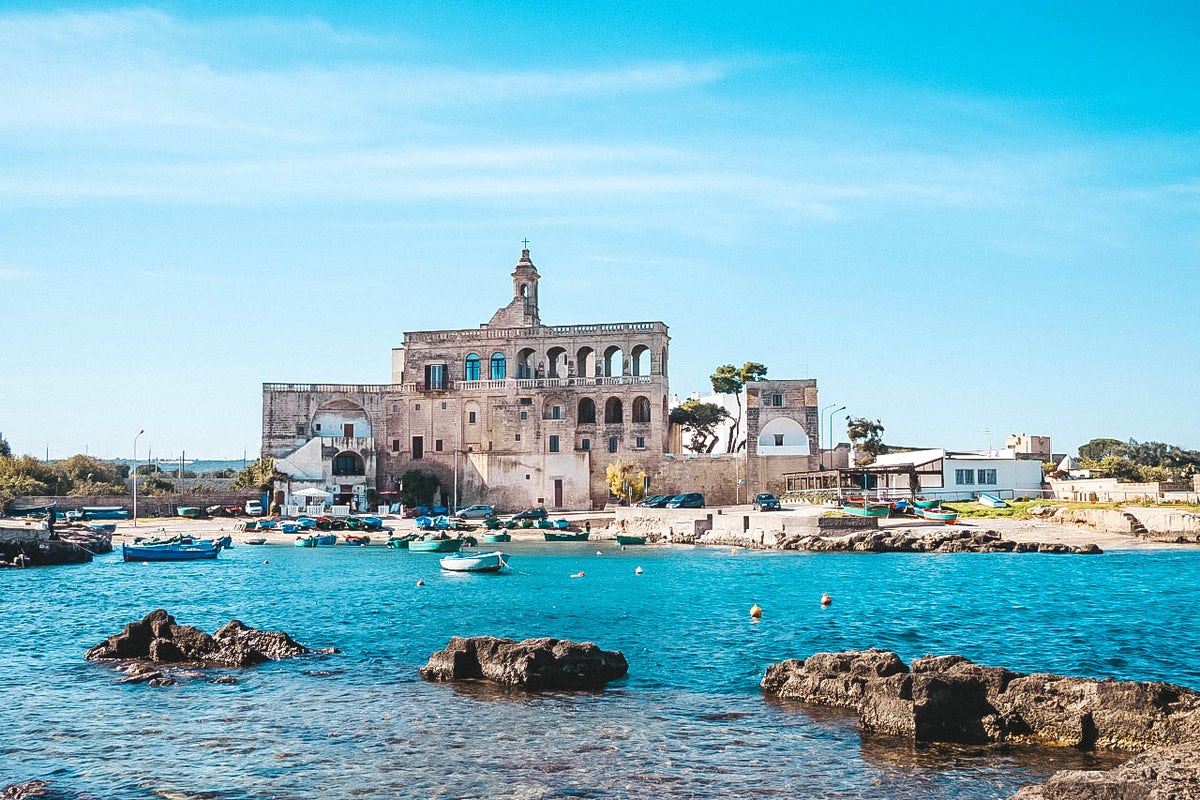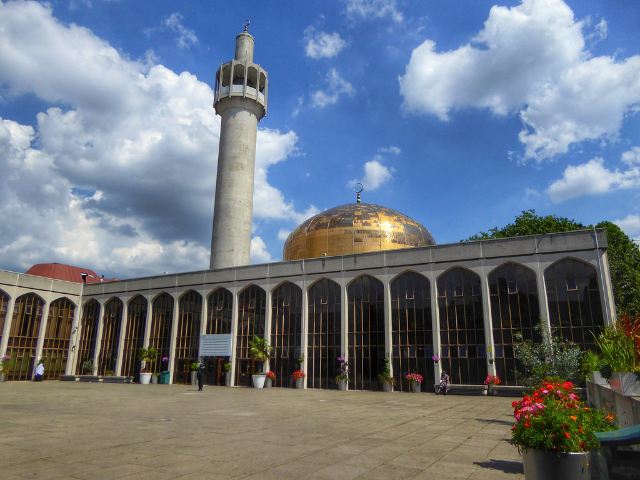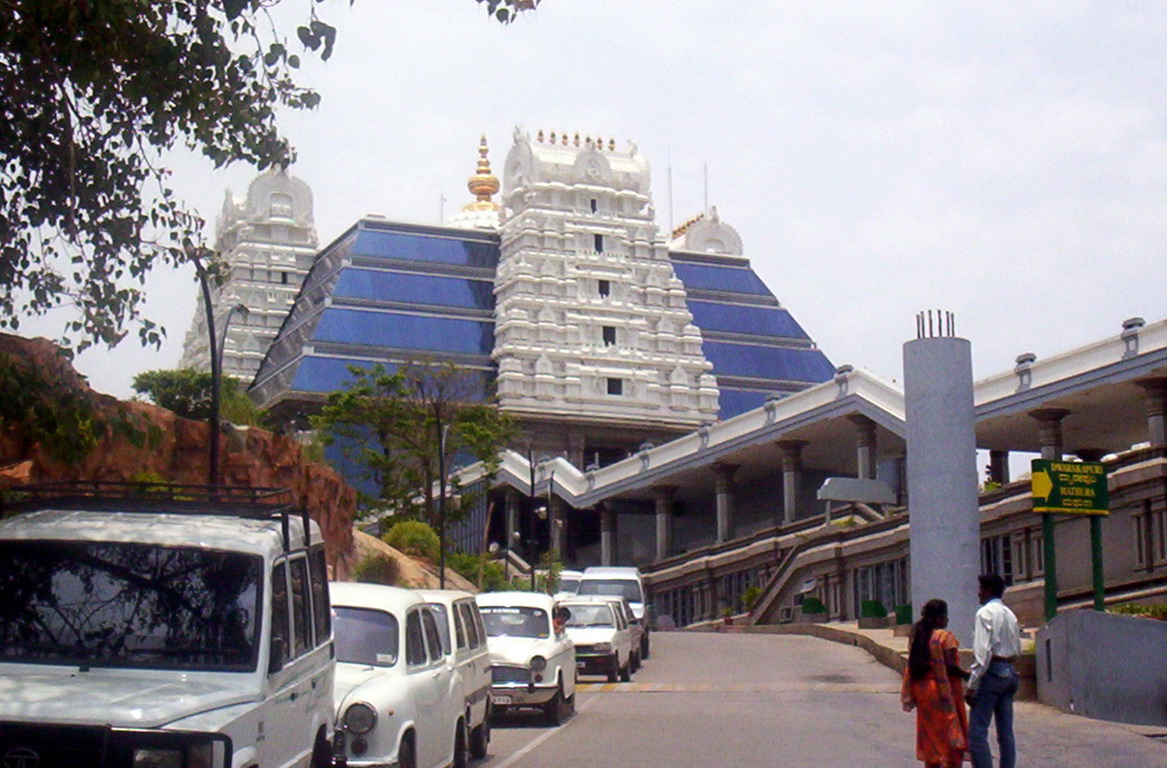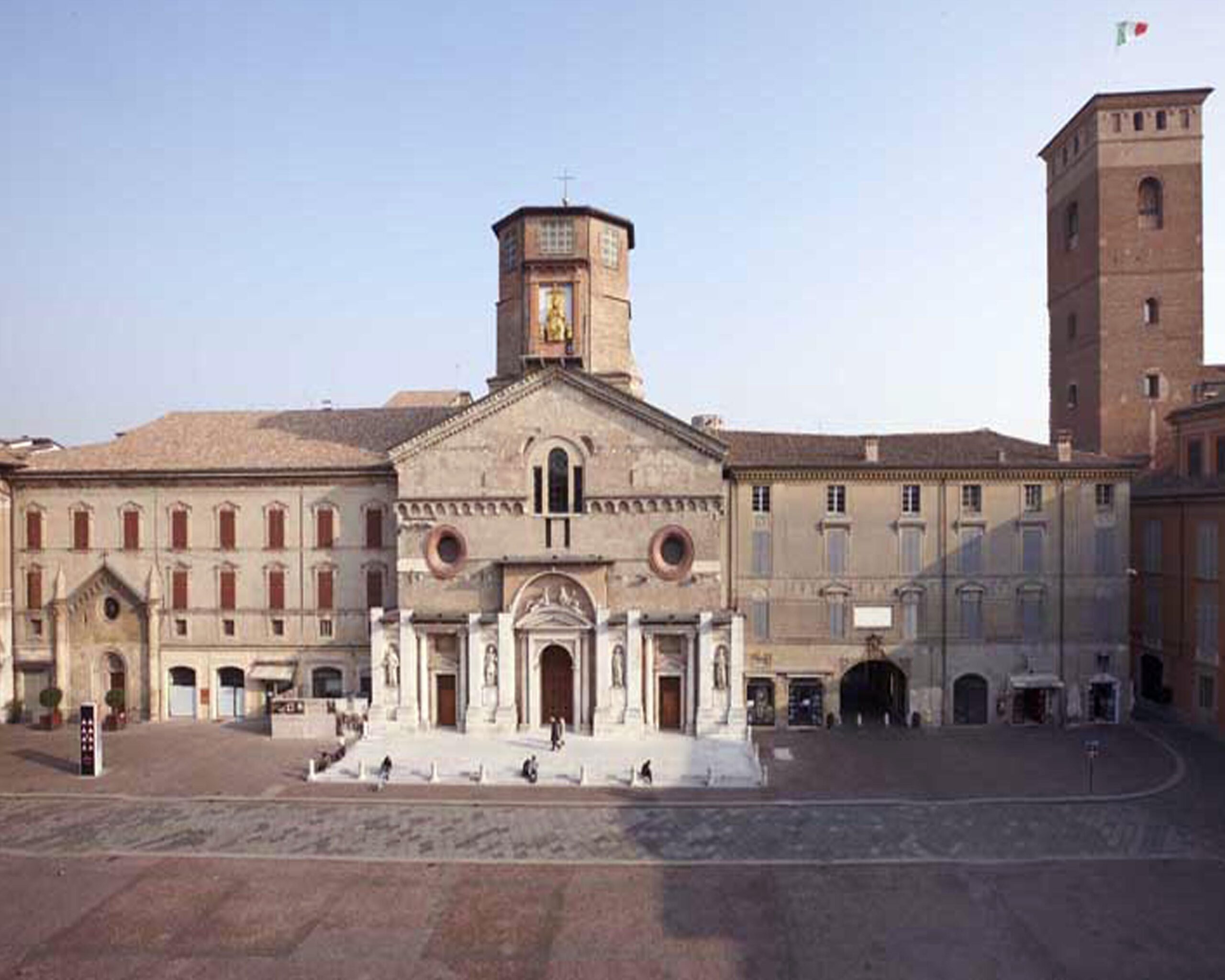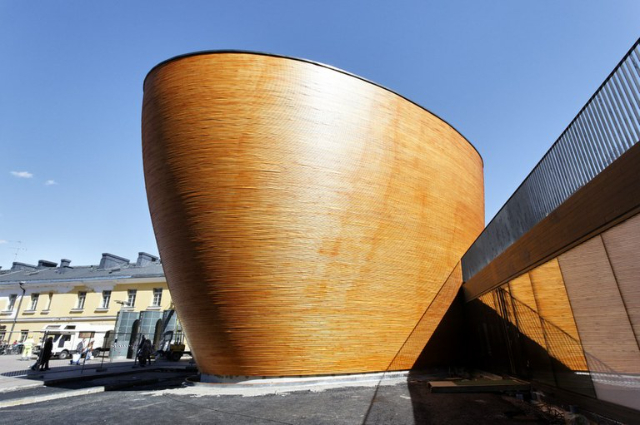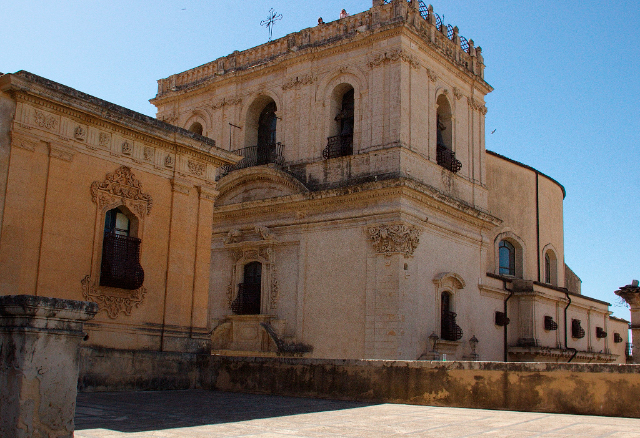The church of San Bernardino is located at the end of the scenic staircase of the same name, in the historical centre of L’Aquila, about 600 m from the Spanish Fort.
The construction of a church that worthily preserved the mortal remains of Saint Bernardine of Siena (1380-1444) – the persuasive preacher of the Order of Friars Minor who died in L’Aquila and was proclaimed saint in 1450 – was strongly desired by the influential friar Giovanni da Capestrano. At first the Conventual friars opposed the construction of the church, but work was started and completed between 1454 and 1472.
The earthquake of 1703 seriously damaged the church, which was restored according to the stylistic and architectural methods of the time.
In 1946, at the behest of Pope Pius XII, the church received the honorary title of minor basilica.
The violent earthquake of April 6, 2009 compromised the apse part of the church and partially destroyed the bell tower.
The restorations, which began immediately, allowed the reopening on 2 May 2015.
Outside, visitors will immediately realize that the imposing limestone façade is the undisputed protagonist of the surrounding urban space. Remaining unfinished, it was totally redesigned in 1525 by the artist Nicola Filotesio, known as Cola dell’Amatrice, who proposed the typical scheme of the façades of Abruzzo’s churches, marking the space into three horizontal levels in turn divided into three vertical spaces by means of columns. In the first level there are the three entrances to the church, in the second there are two circular openings and a three-mullioned window, while in the third there is a rose window. It may be interesting to note that, on the sides of the rose window, two "Bernardinian trigrams" are visible, i.e. the letters JHS – an abbreviation of the name Jesous in ancient Greek – surrounded by a sun with twelve rays.
The interior of the church is Latin cross-shaped and consists of three naves and an octagonal room, covered by a dome. Along the right aisle, the second chapel houses the splendid altarpiece in glazed terracotta, the work of Andrea della Robbia, nephew of the famous Florentine artist Luca della Robbia, depicting the Coronation of the Virgin, the Resurrection and episodes from the life of Jesus. In the last chapel the view is immediately attracted by the imposing marble funeral monument of the saint, created by the artist Silvestro di Giacomo da Sulmona (also known as Silvestro dell’Aquila) in the years 1488-1504, at the request of the wealthy merchant Jacopo di Notar Nanni from L’Aquila.
Finally, heading towards the exit, the visitor can admire the precious wooden and gold ceiling and the majestic organ placed on the main entrance, both 18th century.
